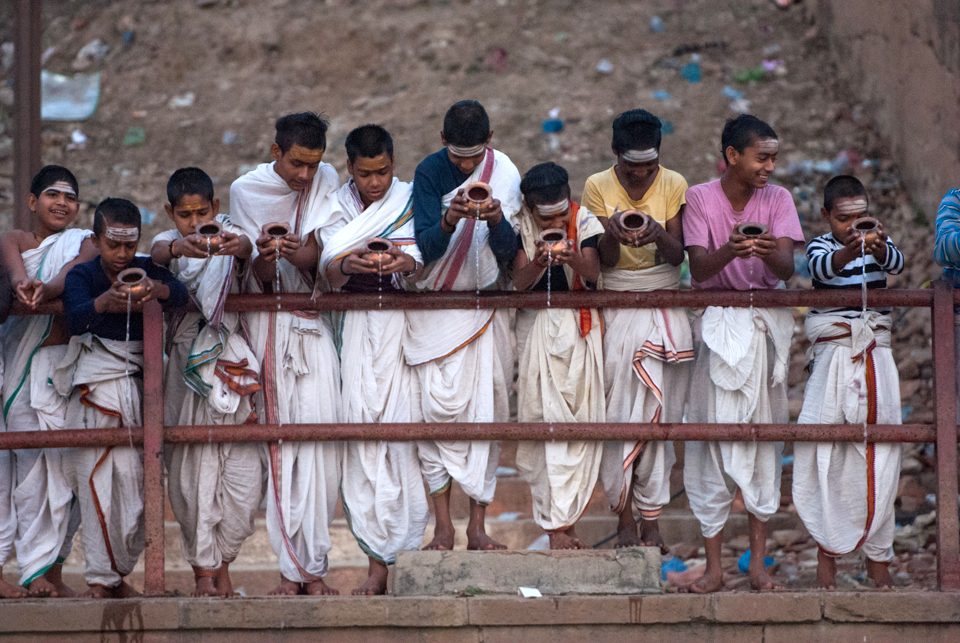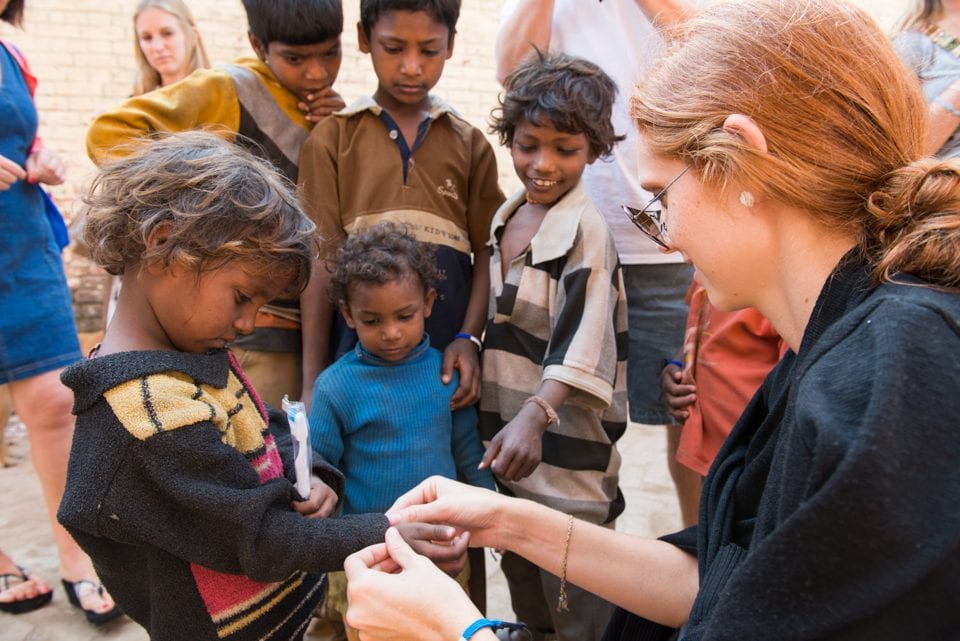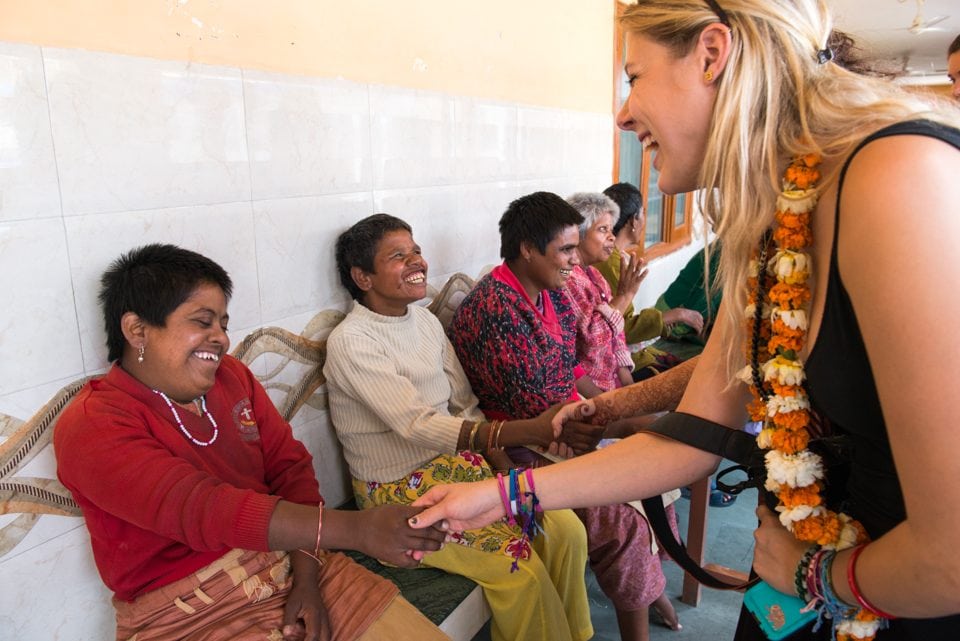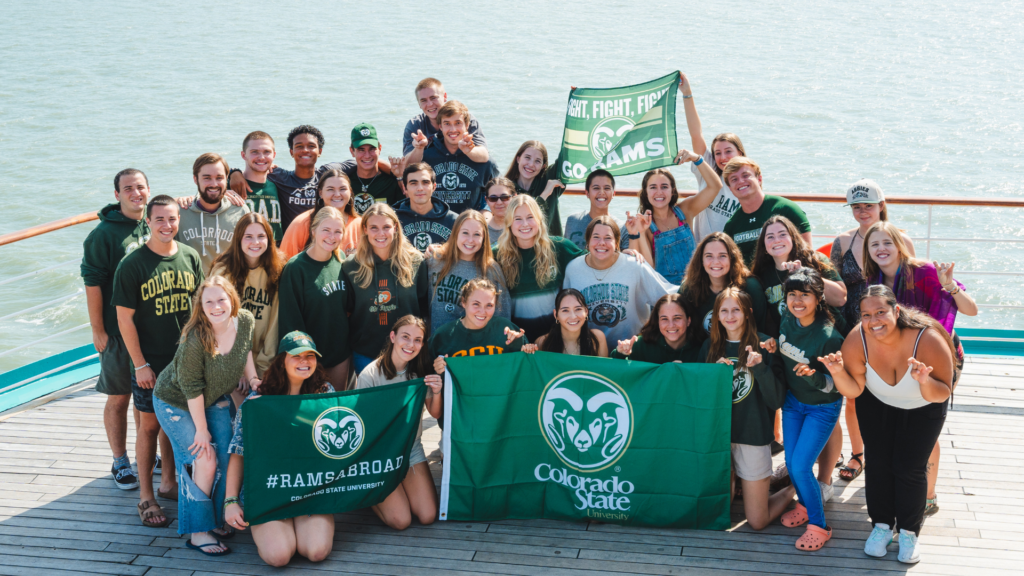On a multi-day field program, voyagers traveled far from the port city of Kochi to visit the chaos of Varanasi and the impressive monuments of Agra. From viewing commonplace activities such as bathing and washing clothes to observing sacred rituals such as an aarti ceremony and cremation on funeral pyres, voyagers witnessed life and death along the Ganges River. In Agra, they gloried in the architectural splendors of the Taj Mahal and Agra Fort, both UNESCO World Heritage sites, before visiting one of Mother Teresa’s charity homes. Explore this part of India through the following images and read the impressions of the students below.

















